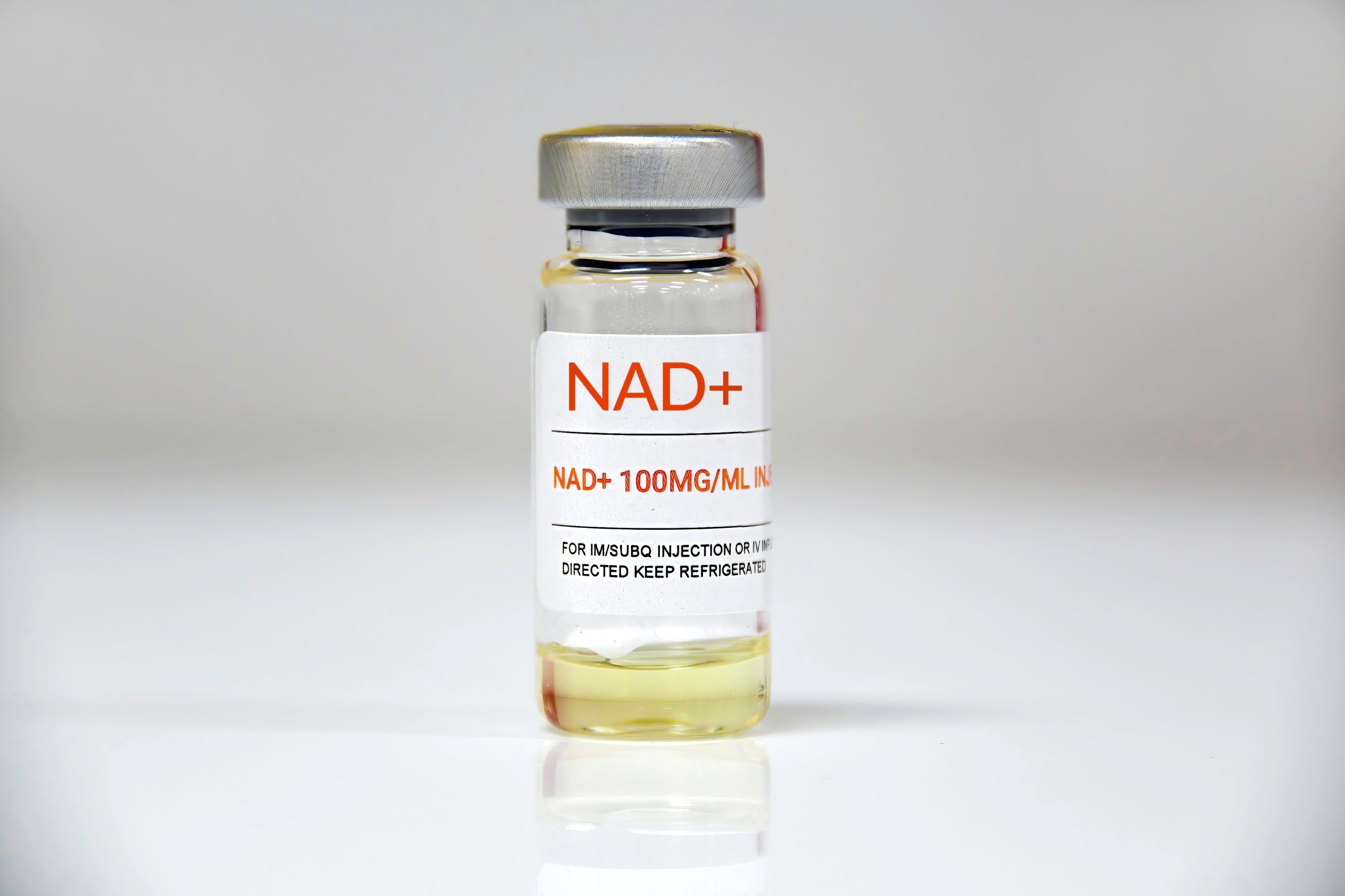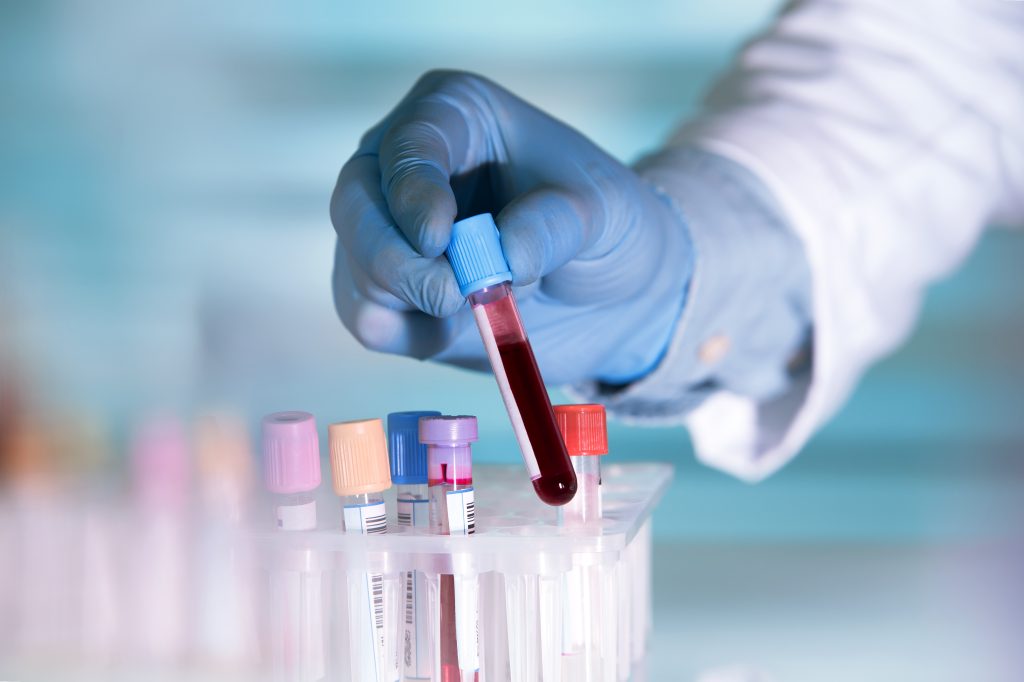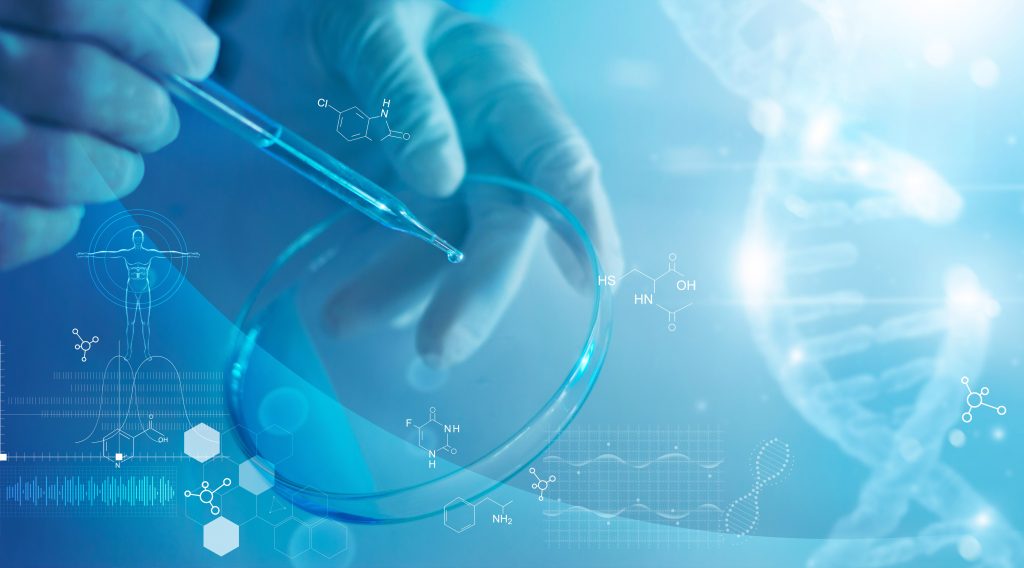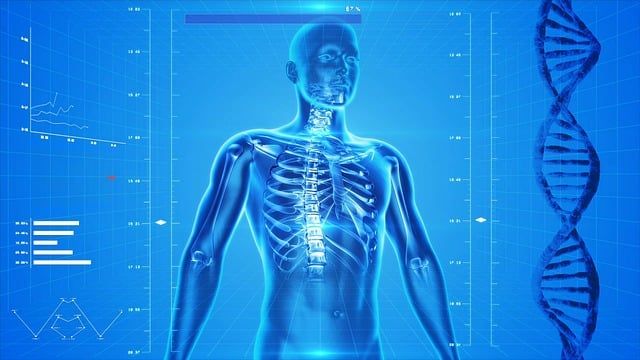The Health Benefits of NAD Supplements
NAD (Nicotinamide dinucleotide) supplements have gained immense popularity recently due to their potential health benefits. This article will explore the science behind NAD, its role in the body, and its key health benefits. It will also discuss the safety and potential side effects of NAD supplementation and how to incorporate it into your daily routine.
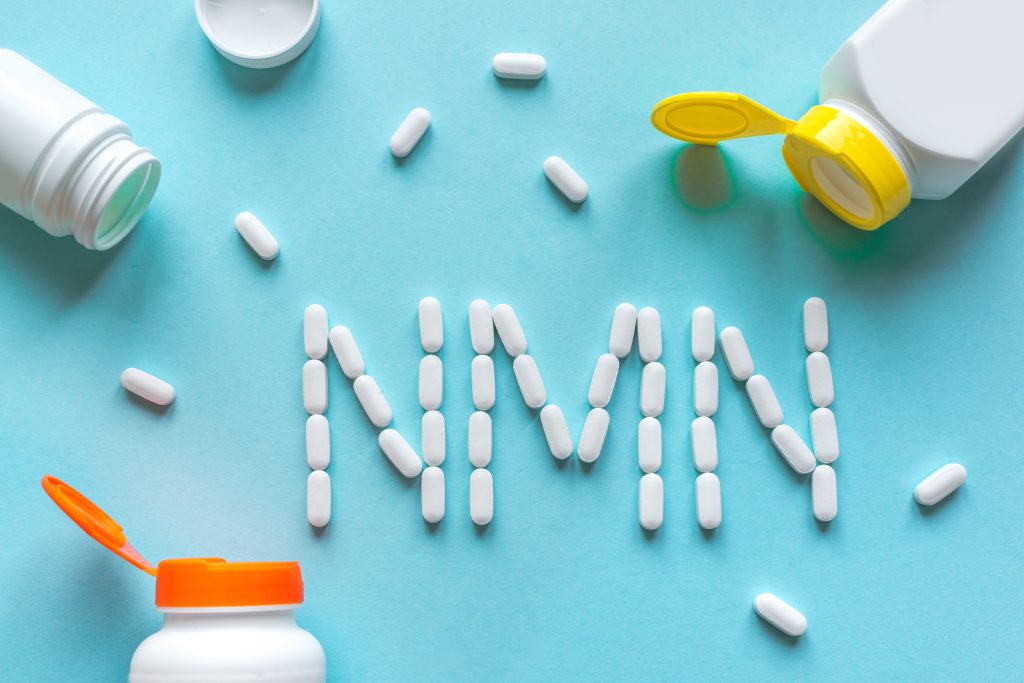
Understanding NAD Supplements
What are NAD Supplements?
NAD supplements are a form of vitamin B3, specifically a precursor to NAD+ (Nicotinamide Adenine Dinucleotide). NAD+ plays a crucial role in various biological processes involved in energy production, DNA repair, and cellular communication. NAD supplements are designed to increase NAD+ levels in the body, providing potential health benefits.
The Role of NAD in the Body
NAD precursor is an essential molecule that aids in the production of NAD+, which is found in every body cell and involves numerous biological functions. It serves as a coenzyme that enables enzymes to carry out essential chemical reactions, particularly those related to energy metabolism.
With age, NAD+ levels decline, leading to various cellular dysfunctions. NAD supplementation aims to boost NAD+ levels, promoting overall health and well-being. One of the key functions of NAD+ is its role in energy production. NAD+ is involved in cellular respiration, where glucose is converted into ATP (adenosine triphosphate), the primary energy source for all cells. Without sufficient levels of NAD+, this process becomes less efficient, leading to decreased energy production and fatigue.
Furthermore, NAD+ is crucial for DNA repair. Our DNA is constantly exposed to various damaging factors, such as UV radiation and environmental toxins. NAD+ acts as a cofactor for enzymes involved in DNA repair, ensuring that any damage is promptly addressed and the integrity of our genetic material is maintained.
In addition to its role in energy production and DNA repair, NAD+ also plays a vital role in cellular communication. It is involved in signaling pathways that regulate various cellular processes, including gene expression, immune response, and inflammation. By maintaining optimal NAD+ levels, NAD supplements may help support proper cellular communication and promote overall cellular health.
Research has shown that NAD supplementation may have potential health benefits beyond its role in NAD+ production. Studies in animal models have suggested that NAD supplements may improve insulin sensitivity, which is important for maintaining healthy blood sugar levels. Additionally, NAD has been shown to enhance mitochondrial function, the powerhouses of our cells responsible for energy production.
It is important to note that while NAD supplements hold promise, further research will reveal their effects on additional health conditions. At Jinfiniti, we will be happy to provide you with professional advice to ensure it is appropriate for your individual needs.
The Science Behind NAD Supplements
NAD supplements have gained significant attention recently due to their potential benefits for cellular health and longevity. NAD is a molecule that plays a crucial role in the biochemical processes within the body.
The Biochemical Process of NAD and its precursors
When you consume NAD supplements, they undergo a fascinating journey within your body. Once ingested, these supplements are broken down in the digestive system and absorbed into the bloodstream. From there, NAD precursor travels through the intricate network of blood vessels, reaching every corner of your body.
NAD precursor undergoes a complex biochemical process within the cells to convert into Nicotinamide Adenine Dinucleotide (NAD+). This conversion involves several enzymatic reactions, each step carefully orchestrated to ensure the production of NAD+. You might wonder why NAD+ is so important. Well, NAD+ is a coenzyme that plays a crucial role in various metabolic reactions within our cells. It acts as a vital fuel for many enzymes, including the remarkable sirtuins.
NAD and Cellular Health
In this scientific report published on July 20, 2023, NAD precursor is credited with reducing cell inflammation.
One of the key players in maintaining cellular health is NAD+, which is heavily dependent on NAD+ precursor. NAD+ supports the function of enzymes called sirtuins, which are involved in critical cellular processes.
One of the primary functions of sirtuins is DNA repair. Various sources, such as environmental factors and normal metabolic processes, constantly attack your DNA. Sirtuins act as the guardians of your genetic material, ensuring that any damage is promptly repaired, thus maintaining the integrity of your DNA.
In addition to DNA repair, sirtuins play a role in gene regulation. They can switch genes on or off, influencing various cellular processes. This regulatory function helps maintain the balance within your cells, ensuring everything runs smoothly. Furthermore, sirtuins are known for their involvement in stress resistance. They help your cells adapt to various stressors, such as oxidative stress and metabolic challenges. By activating sirtuins, NAD supplementation may potentially enhance your cells’ ability to cope with stress, thus promoting overall cellular health.
Moreover, NAD+ is also involved in the activation of protein molecules called sirtuins, which have been linked to the regulation of aging and age-related diseases. Increasing NAD+ levels through NAD supplementation may slow the aging process and improve overall well-being.
In conclusion, NAD supplements offer a fascinating glimpse into the intricate biochemical processes that occur within the body. By understanding how NAD precursor is converted into NAD+ and the role of NAD+ in cellular health, you can appreciate the potential benefits of NAD supplementation in promoting longevity and overall well-being.
Key Health Benefits of NAD Supplements
NAD and Aging
One of NAD supplementation’s most significant potential benefits is its anti-aging properties. As NAD+ levels decline with age, various cellular functions become compromised. By replenishing NAD+ through NAD supplementation, it is believed that cellular health can be improved, potentially slowing down the aging process and reducing the risk of age-related diseases.
Research has shown that NAD supplementation can activate sirtuins, a family of proteins that play a key role in regulating cellular health and longevity. These proteins involve DNA repair, stress response, and energy metabolism. By activating sirtuins, NAD supplementation may help maintain your DNA’s integrity, protect against oxidative stress, and promote overall cellular health.
In addition to its effects on sirtuins, NAD has also been found to stimulate the production of mitochondria, the powerhouses of your cells. Mitochondria generate energy in the form of adenosine triphosphate (ATP). As you age, the number and function of mitochondria decline, leading to decreased energy production. By increasing the production of mitochondria, NAD supplementation may help to restore energy levels and improve overall vitality.
NAD and Energy Levels
ALT TXT IMG: Zumba exercise
NAD+ is instrumental in energy production within cells. By increasing NAD+ levels, NAD supplementation may enhance cellular metabolism, leading to increased energy levels. This can result in improved stamina and overall vitality.
Furthermore, NAD has been found to activate an enzyme called AMP-activated protein kinase (AMPK), which is crucial in regulating energy metabolism. AMPK helps balance energy production and consumption in cells, ensuring energy is efficiently utilized. By activating AMPK, NAD supplementation may help to optimize energy metabolism and improve physical performance.
Studies have also suggested that NAD supplementation can improve insulin sensitivity, which is important for maintaining stable blood sugar levels. By enhancing insulin sensitivity, NAD may help prevent energy crashes and promote sustained energy throughout the day.
NAD and Heart Health
Research suggests that NAD supplementation may have positive effects on heart health. NAD+ has been shown to play a crucial role in maintaining cardiovascular function and reducing the risk of cardiovascular diseases. By increasing NAD+ levels, NAD supplementation may support heart health, but further studies are needed to understand its potential benefits fully.
One study conducted on mice found that NAD supplementation improved blood flow and reduced oxidative stress in the arteries, which are key factors in maintaining cardiovascular health. Another study showed that NAD supplementation protected against heart muscle damage caused by ischemia-reperfusion injury, a condition where blood flow to the heart is temporarily blocked and then restored. These findings suggest that NAD may have a protective effect on the heart and could potentially reduce the risk of heart disease.
Additionally, NAD has been found to activate a protein called sirtuin 1 (SIRT1), which has been shown to have cardioprotective effects. SIRT1 helps regulate various heart processes, including inflammation, oxidative stress, and cell death. By activating SIRT1, NAD supplementation may help to maintain the overall health and function of the heart.
While the initial research on NAD and heart health is promising, more studies are needed to determine the optimal dosage and long-term effects of NAD supplementation on cardiovascular health.
Safety and Side Effects of NAD Supplements
NAD supplements have gained popularity in recent years due to their potential anti-aging and health benefits. As with any dietary supplement, it is important to understand the safety and potential side effects associated with NAD supplementation.
Potential Side Effects
While NAD supplements are generally considered safe for consumption when taken in appropriate dosages, it is important to be aware of potential side effects. These side effects are usually mild and temporary, affecting only a small percentage of individuals.
One possible effect of NAD supplementation is digestive discomfort. A very small number of individuals may experience bloating, gas, or an upset stomach after taking NAD precursors. These symptoms are usually temporary and can be minimized by taking the supplement with food or dividing the dosage throughout the day.
In addition to digestive discomfort, some individuals may also experience mild nausea when taking NAD supplements. This side effect is generally short-lived and subsides as the body adjusts to the supplement. It is important to note that if the nausea persists or becomes severe, it is advisable to discontinue the use of NAD supplements and consult with a healthcare professional.
Another potential side effect that has been reported by a small number of individuals is headaches. These headaches are typically mild and transient, lasting only for a short period of time. If headaches persist or worsen, it is recommended to reduce the dosage or discontinue using NAD supplements.
It is crucial to remember that everyone’s body is unique, and individual responses to NAD supplementation may vary. If you experience any unusual or severe side effects while taking NAD supplements, it is important to seek medical advice.
Who Should Avoid NAD Supplements?
NAD supplements are generally safe for most individuals including children. Certain groups of people may want to exercise caution or avoid NAD supplementation altogether.
Individuals with certain medical conditions, especially cancer, may want to exercise caution when considering NAD supplementation, because it may be highly personal as to whether NAD is beneficial or harmful to cancer patient. This topic is extensively discussed in another blog on this website.
How to Incorporate NAD Supplements into Your Routine
Recommended Dosage
The recommended dosage of NAD precursor supplements is generally 1000mg. It is highly recommended to take a test for NAD levels before and after supplementation to adjust dosage so that NAD levels are optimized.
Best Time to Take NAD Supplements
You can take NAD supplements anytime during the day. Generally, we recommend one dosage of 500mg in the early part of the day and a second dose in the late part of the day. You can try different times to determine what gives you the best results.
Conclusion
In conclusion, NAD supplements offer promising health benefits by increasing NAD+ levels in the body. By understanding the science behind NAD and its role in cellular health, we can appreciate the potential it holds for aging, energy levels, and heart health. Remember, consistency and adherence to recommended dosages are key to optimizing the potential health benefits of NAD supplementation. Start taking Jinfiniti® Vitality Boost today to boost your energy and improve sleep quality.
Lastly, if you’re interested in going deeper on health-related content, here are a few of our recent posts that you may want to read:
- 9 Powerful Benefits of Optimizing Your NAD
- Why Muscle Is Your Biggest Alley in the Anti-Aging Strategy
- The 24 Hottest Biohacking Trends in 2024
- Unlocking the Secrets: Effective Strategies to Slow Aging
P.S. Want to boost your intracellular NAD levels? Try a 2 week trial of our Jinfiniti Vitality Boost (do 2 scoops per day), use the discount code Blog15 if you’re a new customer for 15% off your 1st order)

